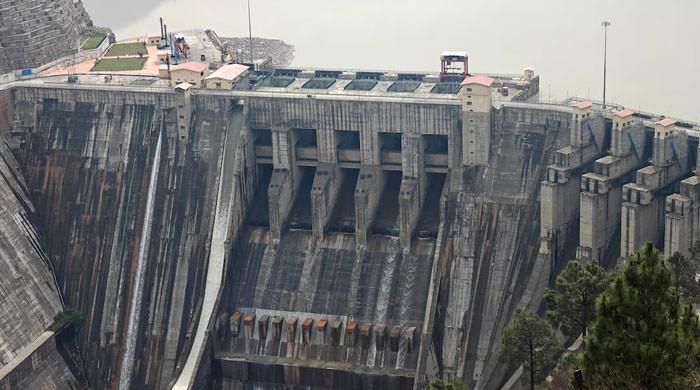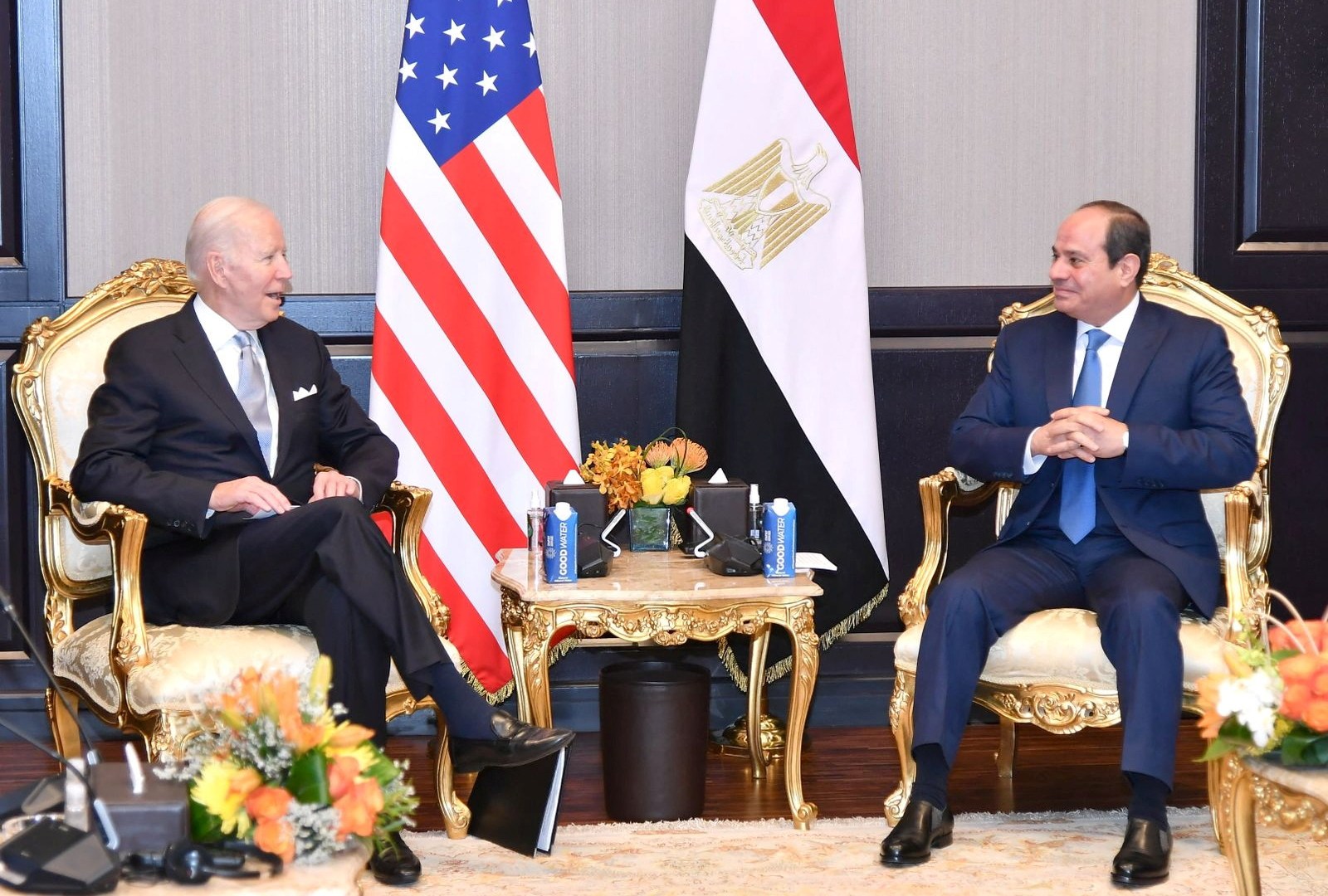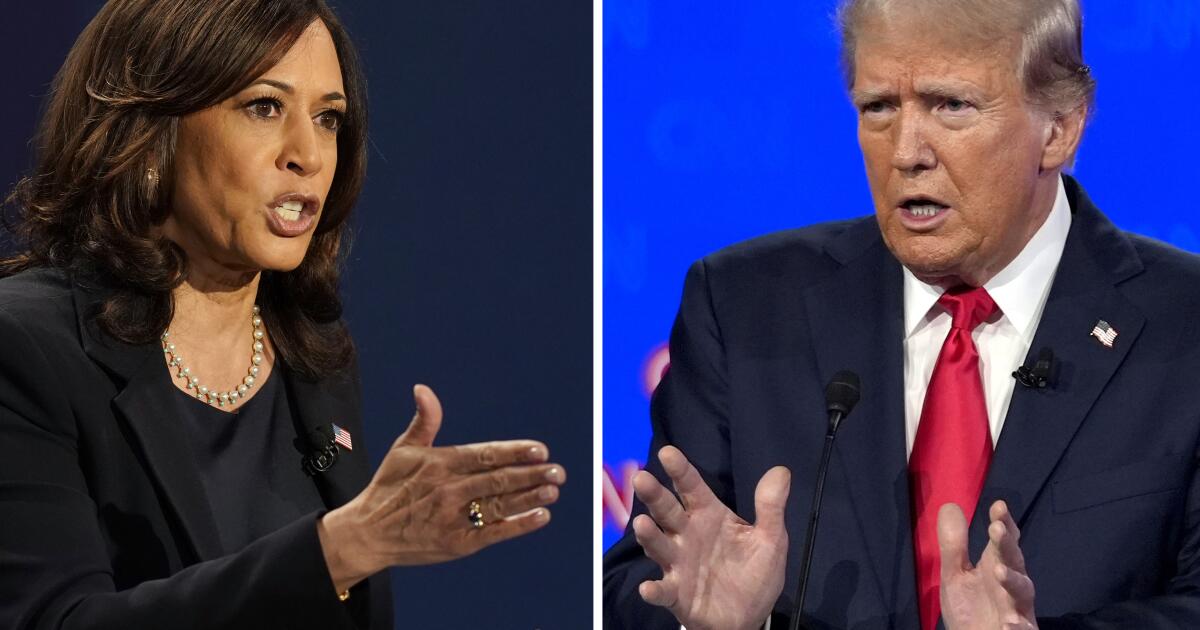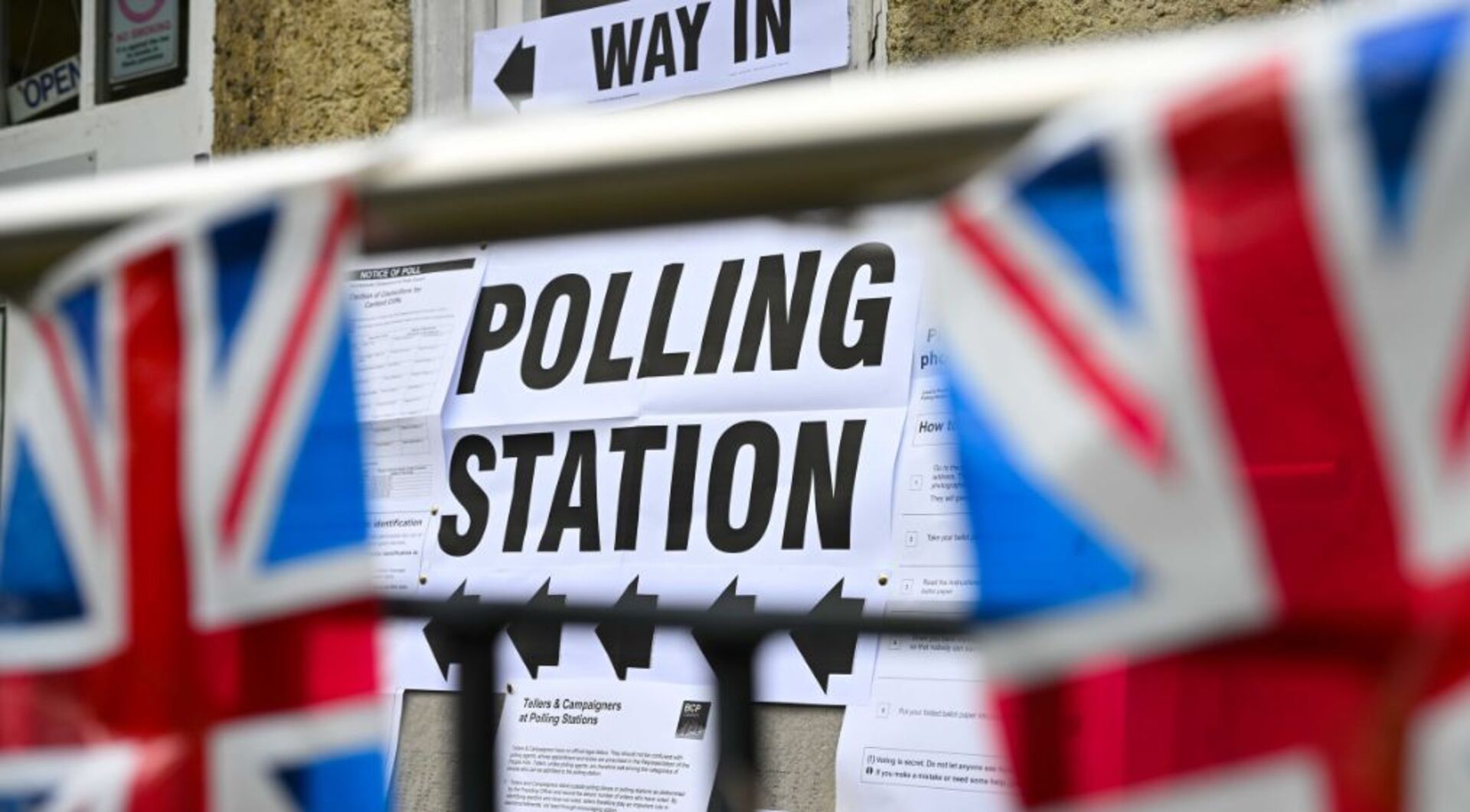India has advanced the start date of four hydroelectric projects under construction in the Jammu and Kashmir (Iiojk) Indian occupation region with Pakistan that had slowed progress, according to a source of the industry and a government document.
The updated schedule for the projects, whose construction usually opposes Pakistan because he fears that he leads to less water downstream, is another sign of how India is trying to take advantage of his unilateral suspension of the 1960 Indo Water Treaty after a deadly attack in Kashmir last month.
India has affirmed that two of the “terrorists” who killed 26 men in a popular tourist site in Kashmir on April 22 came from Pakistan, and has taken a series of diplomatic and economic steps against Islamabad as ties among neighbors with nuclear weapons with peak.
Islamabad has denied any role in the attack, threatened legal actions on the suspension, and said that any “attempt to stop or divert the flow of water belonging to Pakistan … will be considered as an act of war.” Pakistan depends on the indoor system for 80% of its farms and most of its hydroelectric production.
The armies have exchanged fire of small weapons across the border every night for almost two weeks, and Pakistan says that India is on the verge of a military assault.
Until now, New Delhi has ignored Pakistan's concerns and has made movements that have already eliminated water supply to the country, even by executing maintenance work to raise the retention capacity of two operational hydroelectric plants in the IIOJK.
The government of Prime Minister Narendra Modi has asked the authorities to eliminate obstacles to the rapid construction of four hydroelectric projects with a combined capacity of 3,014 megawatts, according to the document, a list without date made by the Ministry of Energy and reviewed by Reuters.
The four projects are: Pakal Dul (1,000 MW), Kiru (624 MW), Kwar (540 MW) and Ratle (850 MW). All of them are on the Chenab River, whose waters are mainly intended for Pakistan, but India can build water hydroelectric projects without any significant storage.
State NHPC, the largest hydroelectric company in India, is building all projects. They must begin between June 2026 and August 2028, according to the document.
According to the document, several agencies have been requested, including those seeking the application of the law and the supply of labor, which help to accelerate work.
NHPC and Indian energy ministries, water resources and foreign affairs did not immediately respond to comments requests.
The Pakistan Indo River System Authority said that its officials held a meeting on Monday and “unanimously pointed out that a sudden decrease in the inputs of Chenab River in Marala (the heads that regulate the flow) due to the shortage of India would result in more shortage” for summer crops.
The downstream deposits would be used pragmatically “taking into account the crisis created by the short Indian supplies in the Chenab River,” the authority said in a statement on Monday night.
'Plans for more'
The Water Minister of India promised last month “to” make sure that no drop of the water of the Indo River arrives in Pakistan. “
The source of the Indian industry said that there had been several meetings of officials from several private and governmental agencies in the Ministry of Energy last week on projects in occupied Kashmir.
“In general, the instructions to accelerate existing projects such as this means that the government wants to plan new ones,” said the source, who refused to be identified since the problem was sensitive.
In total, India wants accelerated work in a total of seven projects with a combined capacity of 7 gigawatts, which costs around RS400 billion. Reuters could not identify all projects.
Pakistan and India are already in dispute over rats in the Permanent Court of Arbitration in The Hague. The dispute is the pond, or the small water storage area, the turbine design and some other specifications.
The Water Treaty had required New Delhi to share with Islamabad extensive details about projects in the three Indo rivers for Pakistan: the Indo himself, the Chenab and the Jhelum.
The Modi government has been looking for a modification of the treaty by citing the growth of the population of India and the need for cleaner energy forms such as hydroelectric energy.
Although government officials and experts on both sides had said that India could not stop the water flows immediately, since the treaty only allowed him to build plants that do not require significant storage dams, a Pakistan official said that the Chenab River flows had already fallen dramatically.
Since Sunday, the water flow has fallen into 90% of the usual levels, said News Muhammad Khalid Idrees Rana, spokesman for the authority of the Indo River System of Pakistan.
A source of the author authority of Pakistan said there have been important swings in Chenab Flow since Sunday, when the water in Marala Headworks was 31,000 Cusecs, then fell to 3,100 CUSECs on Monday, and now returned to 25,000.
“The variations in the water supply are due to India's work in (some hydroelectric projects),” said the source. “They can make these variations where they stop the water and then discharge. The magnitude of these variations cannot cause important damage … but the channels affect.”












